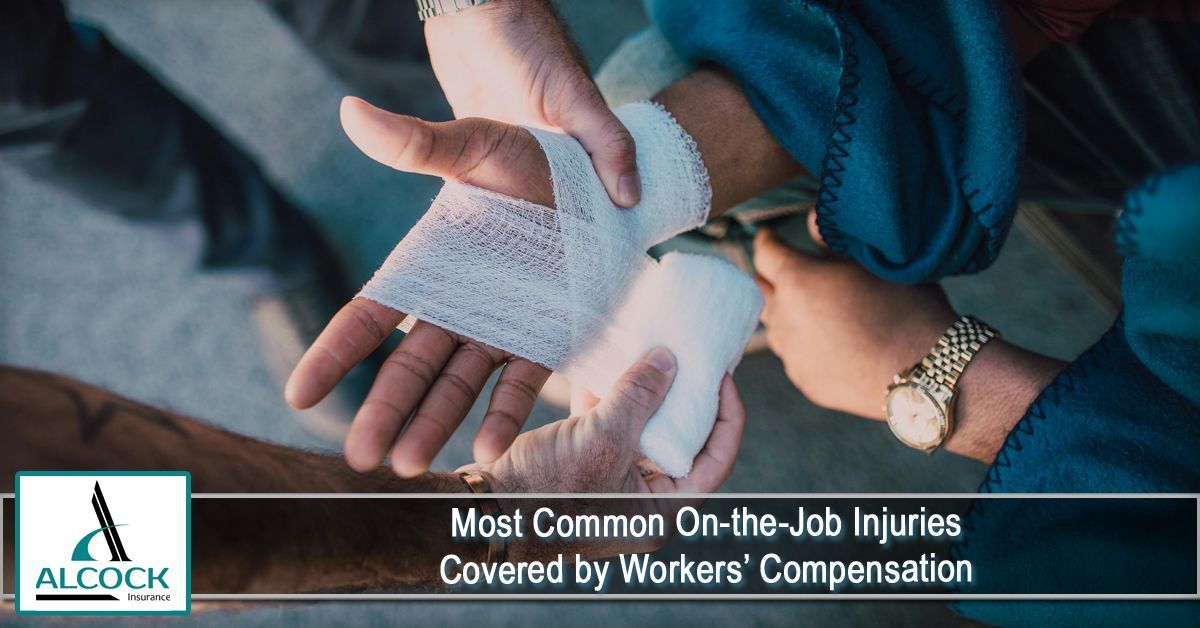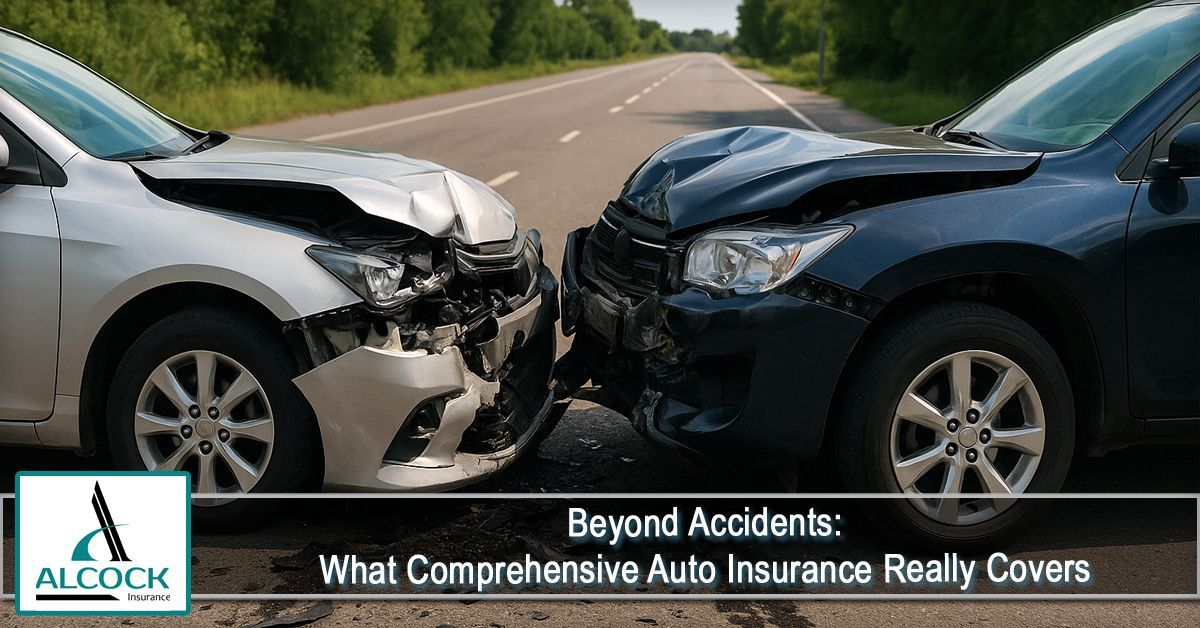
Workplace safety has improved dramatically over the years, but accidents can still happen — no matter how careful employees or employers are. From slips and falls to repetitive motion injuries, many types of on-the-job incidents can lead to missed workdays, medical bills, and long recovery periods.
That’s where workers’ compensation insurance comes in. It’s designed to protect both employees and employers by covering medical expenses, lost wages, and rehabilitation costs related to work-related injuries and illnesses.
In this article, we’ll explore the most common on-the-job injuries covered by workers’ compensation, what benefits employees can expect, and why every business — including those in Greenville, NC — should ensure they have the right coverage in place.
Understanding Workers’ Compensation Coverage
Workers’ compensation is a form of insurance that provides benefits to employees who suffer work-related injuries or illnesses. It’s a no-fault system, meaning that employees can receive benefits regardless of who was at fault for the injury.
Typical workers’ compensation benefits include:
- Medical expenses for treatment and rehabilitation
- Partial wage replacement during recovery
- Permanent disability compensation (if applicable)
- Death benefits for dependents in case of fatal injuries
Every state has its own rules, and employers are required to comply with local laws to ensure their workers are properly protected.
The Most Common On-the-Job Injuries Covered by Workers’ Comp
Workplace injuries can happen in any industry — from construction sites to office buildings. Below are the most frequently reported injuries that qualify for workers’ compensation coverage.
1. Slips, Trips, and Falls
Slips and falls are among the most common workplace accidents. They can occur on wet floors, uneven surfaces, or cluttered walkways.
Common examples include:
- Slipping on spilled liquids in a breakroom or warehouse
- Tripping over cords, tools, or office clutter
- Falling from ladders, scaffolding, or stairways
Potential injuries: Sprains, fractures, head injuries, or back trauma.
Prevention tip: Employers should ensure proper floor maintenance, clear signage, and employee training on hazard awareness.
2. Overexertion and Repetitive Strain Injuries (RSIs)
These injuries develop from repeated motions or heavy lifting, often over long periods. They’re especially common in physically demanding jobs like manufacturing, logistics, or healthcare.
Common examples include:
- Lifting heavy boxes
- Typing or scanning for extended hours
- Pushing or pulling equipment
Potential injuries:
- Muscle strains
- Tendonitis
- Carpal tunnel syndrome
- Lower back injuries
Prevention tip: Proper ergonomic setups and regular breaks can significantly reduce strain-related injuries.
3. Struck-by or Caught-in Equipment Accidents
Employees working around machinery, tools, or vehicles face the risk of being struck or trapped by moving equipment.
Common examples include:
- Getting caught in conveyor belts or machinery
- Being struck by falling tools or materials
- Forklift or vehicle collisions
Potential injuries: Broken bones, crushed limbs, lacerations, or internal injuries.
Prevention tip: Regular equipment maintenance and strict adherence to safety protocols can prevent many of these accidents.
4. Falls from Heights
In industries like construction, roofing, and maintenance, falls from elevated areas are a leading cause of serious injuries.
Common examples include:
- Falling from ladders or scaffolding
- Roof or platform collapses
- Misuse of safety harnesses or guardrails
Potential injuries:
- Traumatic brain injuries (TBIs)
- Spinal injuries
- Fractures or internal bleeding
Prevention tip: Employers must provide fall protection gear and ensure proper training on its use.
5. Vehicle-Related Accidents
Many employees drive as part of their job — whether delivering goods, visiting clients, or operating company vehicles.
Common examples include:
- Car or truck collisions during work hours
- Delivery accidents
- Construction or agricultural vehicle rollovers
Potential injuries: Whiplash, broken bones, head trauma, or soft tissue injuries.
Prevention tip: Enforcing safe driving policies and regular vehicle inspections can minimize risk.
6. Workplace Violence Injuries
Unfortunately, altercations between employees or incidents involving customers can lead to physical injuries.
Common examples include:
- Assaults or physical altercations
- Injuries resulting from robbery or attacks on the job
Potential injuries:
- Cuts, bruises, or fractures
- Stress-related mental health conditions
Prevention tip: Implement clear workplace conduct policies, employee training, and proper security measures.
7. Exposure to Harmful Substances
Employees who handle chemicals, toxins, or hazardous materials are at risk for both acute and long-term health issues.
Common examples include:
- Chemical burns or inhalation injuries
- Prolonged exposure to asbestos, mold, or fumes
Potential illnesses:
- Respiratory conditions
- Skin disorders
- Occupational cancers
Prevention tip: Providing protective gear, ventilation, and training on material handling is crucial.
Workers’ Compensation in Greenville, NC
For businesses and employees in Greenville, NC, workers’ compensation plays a key role in workplace safety and financial stability. North Carolina law requires most employers with three or more employees to carry workers’ compensation insurance. This ensures that workers injured on the job receive the benefits they need without facing financial hardship.
Employers in Greenville, NC should work with a licensed insurance provider to tailor coverage to their industry’s specific risks — whether in construction, manufacturing, or office-based professions.
What to Do If You’re Injured on the Job
If you experience a workplace injury, take the following steps to ensure a smooth workers’ compensation claim:
- Report the injury immediately to your supervisor or employer.
- Seek medical attention and follow all treatment recommendations.
- Document everything — including photos, witness statements, and doctor’s notes.
- File your claim promptly to avoid delays in receiving benefits.
Timely action and proper communication with your employer and insurance provider can make a significant difference in how quickly your claim is processed.
Final Thoughts
Workplace injuries can happen in any profession — from offices to construction sites. Thankfully, workers’ compensation insurance exists to protect employees from the financial burden of medical bills and lost wages while helping businesses fulfill their legal and moral obligations.
For employers and workers in Greenville, NC, understanding the most common on-the-job injuries — and how to prevent them — is key to maintaining a safe, compliant, and productive workplace. Taking proactive safety measures today not only prevents accidents but also fosters a culture of care and accountability.
At Alcock Insurance, we are committed to offering our clients a wide range of comprehensive and affordable insurance policies. We go above and beyond to ensure that we meet your unique needs with tailored solutions. To find out more about how we can assist you, please reach out to our agency at (252) 353-1700 or CLICK HERE to request a free, no-obligation quote.
Disclaimer: The content provided in this blog is for informational purposes only and should not be considered professional advice. For personalized guidance, it is important to consult with a qualified insurance agent or professional. They can offer expert advice tailored to your individual situation and help you make well-informed decisions about your insurance coverage.









